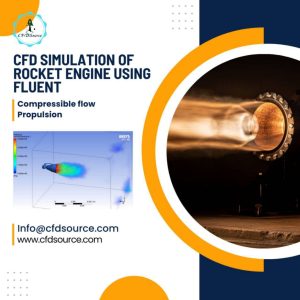We Don’t Deliver Black Boxes; We Deliver Transparent Engineering Reports You Can Act On
The project isn’t over when the simulation is finished. The real value is in understanding the results. After weeks of careful setup and computation, the last thing you need is a one-page summary with a few nice-looking images. That’s not a deliverable, it’s a liability. We’ve seen reports from other cfd services companies that leave you with more questions than answers.
Our reports are comprehensive engineering documents. You get the full story, including:
• A summary of the problem statement and objectives.
• Details on geometry simplification and cleanup.
• A complete breakdown of the meshing strategy, with quality metrics (skewness, orthogonal quality).
• All solver settings, physical models used, and the justification for choosing them.
• Convergence plots that prove the solution is stable and resolved.
• A detailed analysis of the results, with plots, contours, and vectors clearly explained in the context of your design goals.
• Actionable conclusions and design recommendations.
You won’t just see the ‘what’; you’ll understand the ‘why’ behind every result.











